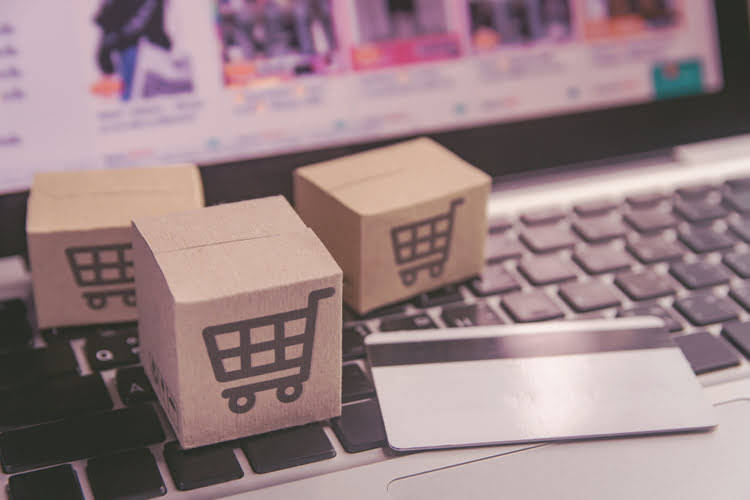Plant Assets Definition, Characteristics & Examples Lesson

Plants are considered a “current asset” because PP&E has a useful life longer than one year. A plant is a physical object that can be used to produce a product or service. However, it is still included as a tangible asset on the balance sheets of the companies that own and operate the plants. what are plant assets In addition, plant assets that are used for the production of goods or services are not considered to be assets of a particular business. Depreciation is the process of deducting a portion of an asset’s value from its purchase price and then paying the difference to the original owner.
As such, these assets provide an economic benefit for a significant period of time. These assets are significant for any business entity because they’re necessary for running operations. Besides, there is a heavy investment involved to acquire the plant assets for any business entity. The company’s top management regularly monitors the plant assets to assess any deviations, discrepancies, or control requirements to avoid misuse of the plant assets and increase the utility. This recognition principle is applied to all property, plant, and equipment costs at the time they are incurred. These costs include costs incurred initially to acquire or construct an item of property, plant and equipment and costs incurred subsequently to add to, replace part of, or service it.
Analysis of Different Depreciation Methods
Fixed assets include buildings, land, buildings and land improvements, machinery, equipment and other fixed capital assets. These assets can be used to produce revenues, but they can also be sold or disposed of at a later date. For example, if a company sells a plant to a third party, the plant is no longer considered a fixed asset and is not included in the company’s balance sheet.
The largest forms of business assets when it came to production were factory plants during this time. Depreciation is the periodic allocation of an asset’s value(cost) over its useful life. The basic principle working behind the depreciation of assets is the matching principle. The matching principle states that expenses should be recorded in the same financial year when the revenue was generated against them. As the fixed assets last longer, the expenses are divided over the item until they’re useful. The IAS 16 of the IFRS governs the rules regarding recognizing and recording the plant assets in the company’s financial statements.
Plant Assets Examples
Plant assets are physical resources that companies own for more than a year and use to create & sell goods/services to generate income. These are fixed assets such as land, buildings, factories, machinery, and vehicles. “What is a plant asset?” There are numerous plant assets examples that can be found on a business’s PP&E balance sheet.

Plant assets are a part of non-current assets and are usually the largest group of assets one can find in the financial statements. They normally show up as the first line item under non-current assets. In the same way, a company can sell its assets to a third party and use them for its own benefit. This is called an “asset sale,” and it is not considered to be a sale of a tangible asset. Even the smallest business has assets, which can include everything from cash in the bank, to the computer you’re working on, to the building where you manufacture piggy banks. The cost of machinery does not include removing and disposing of a replaced, old machine that has been used in operations.